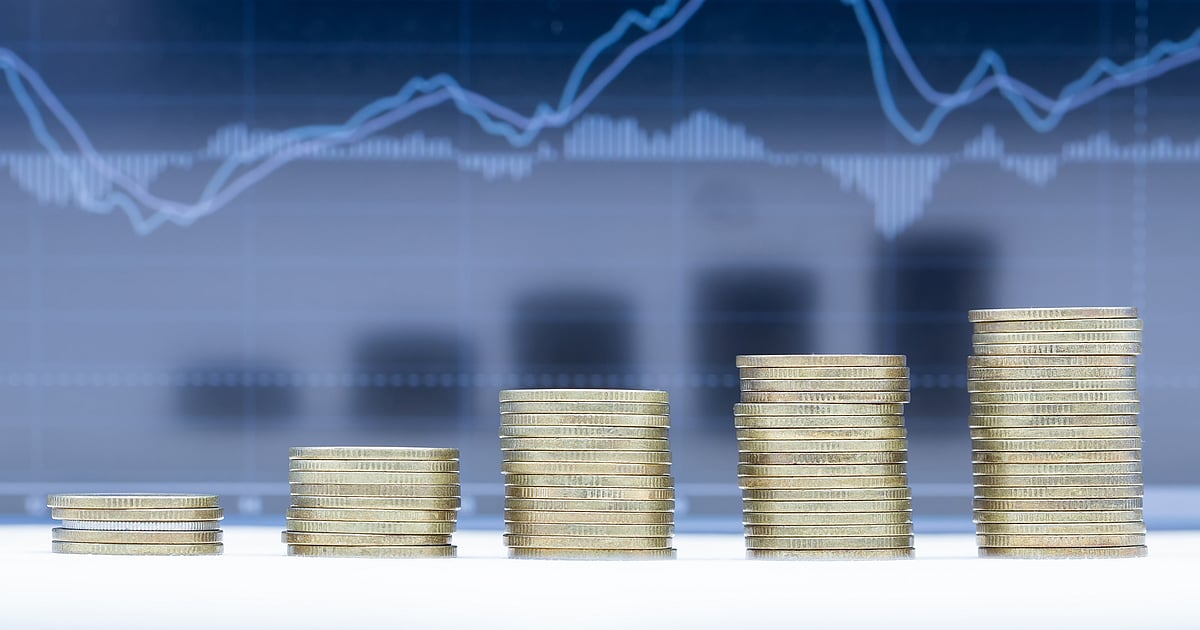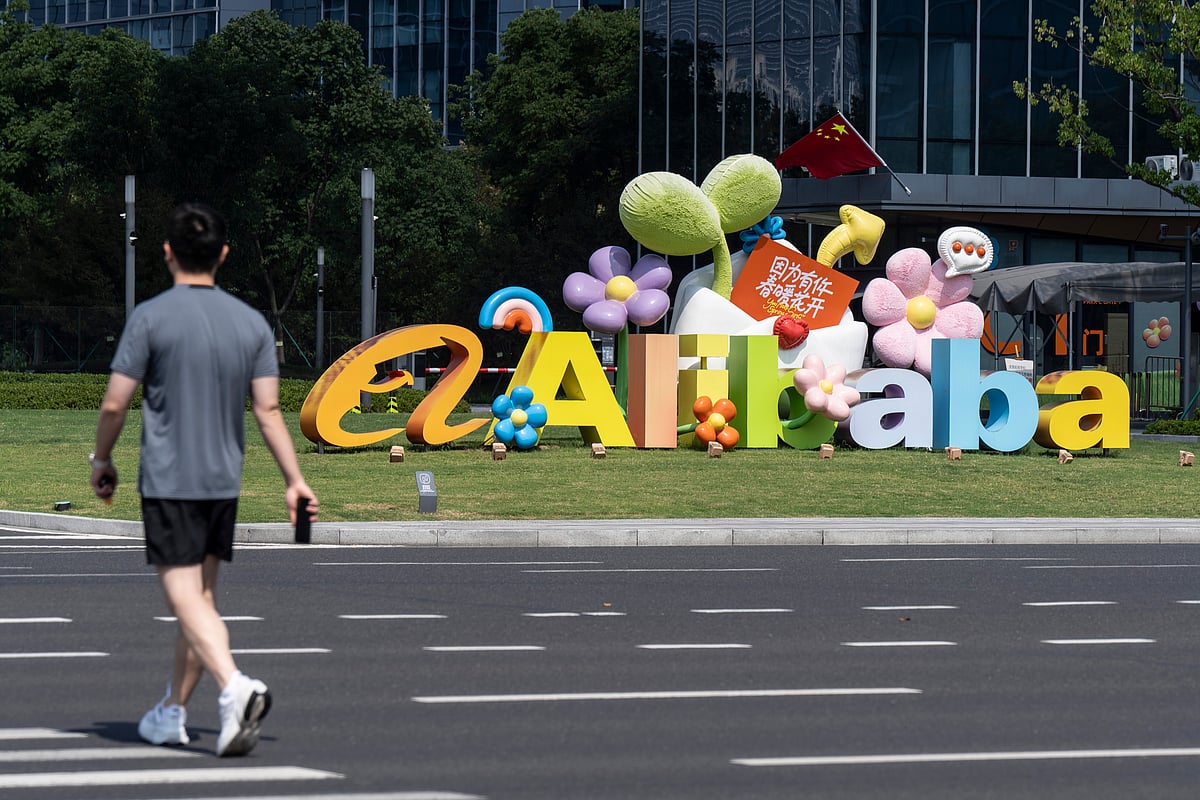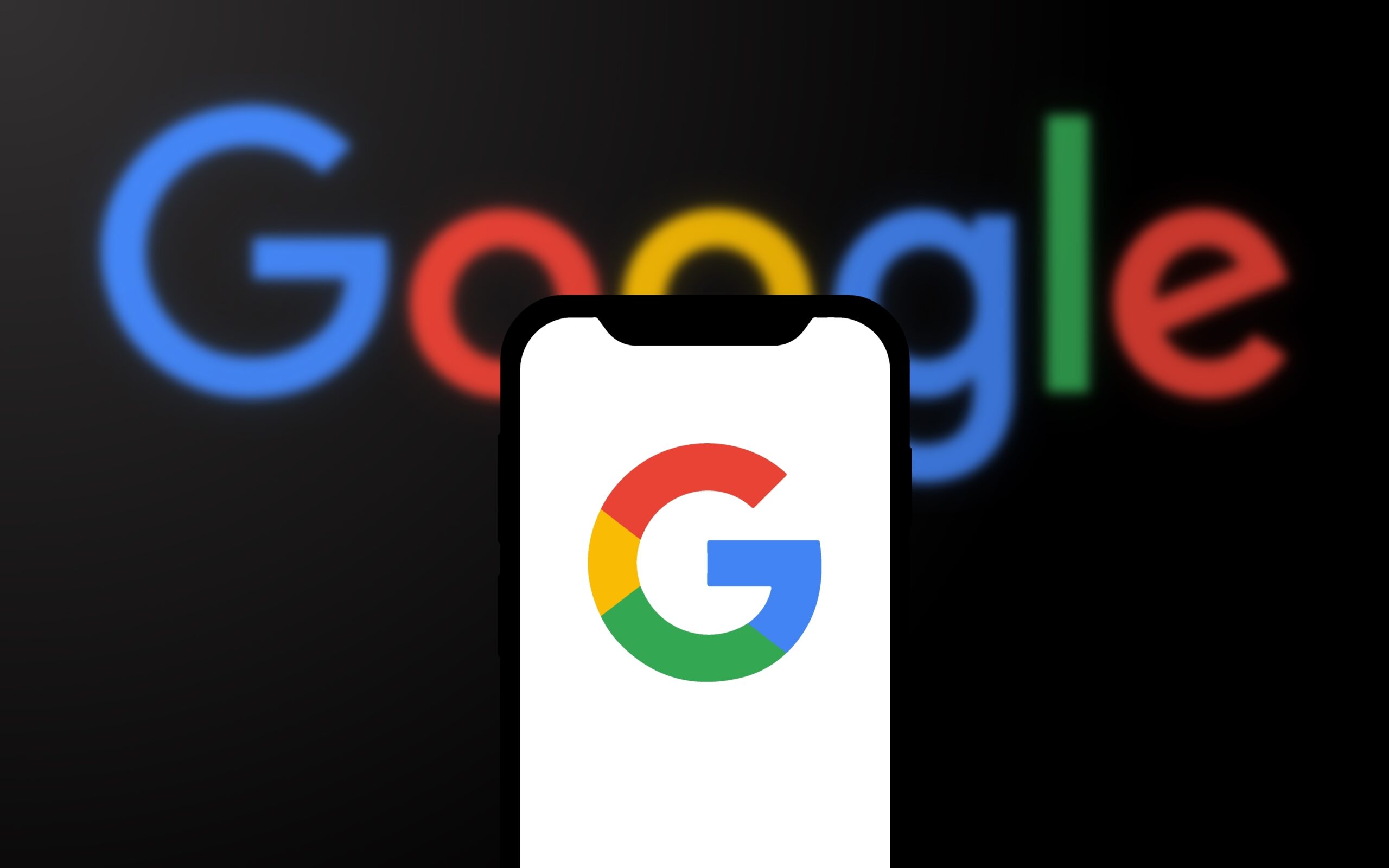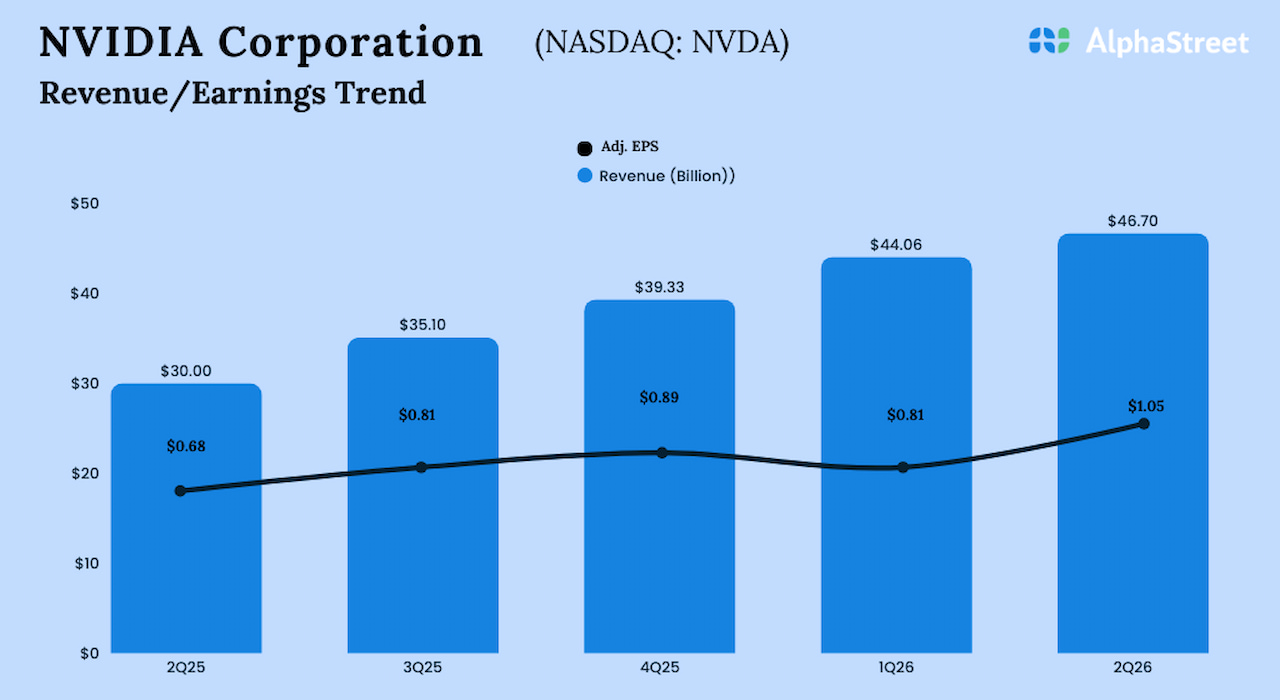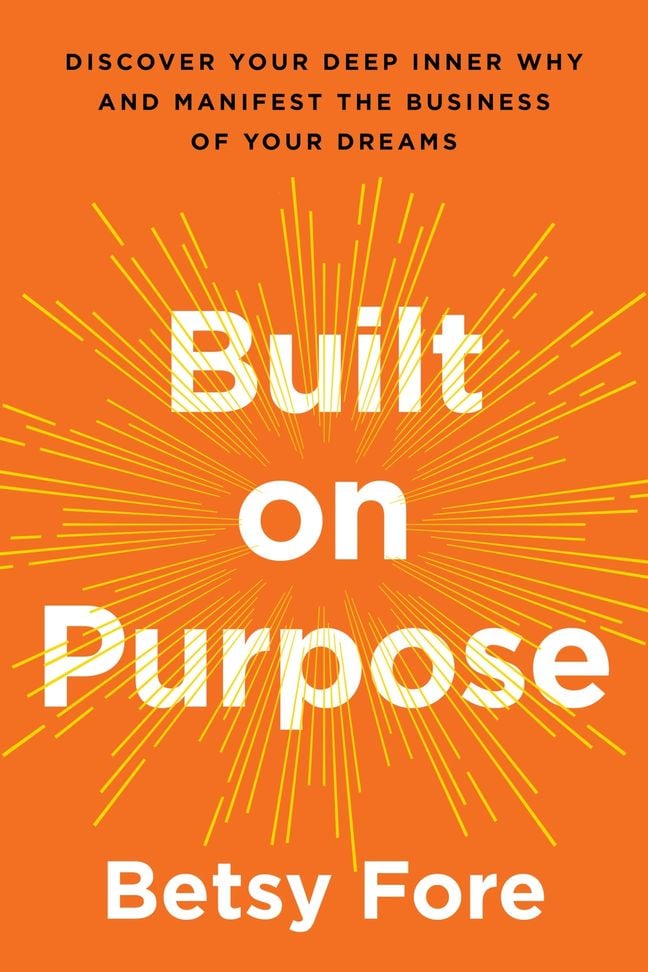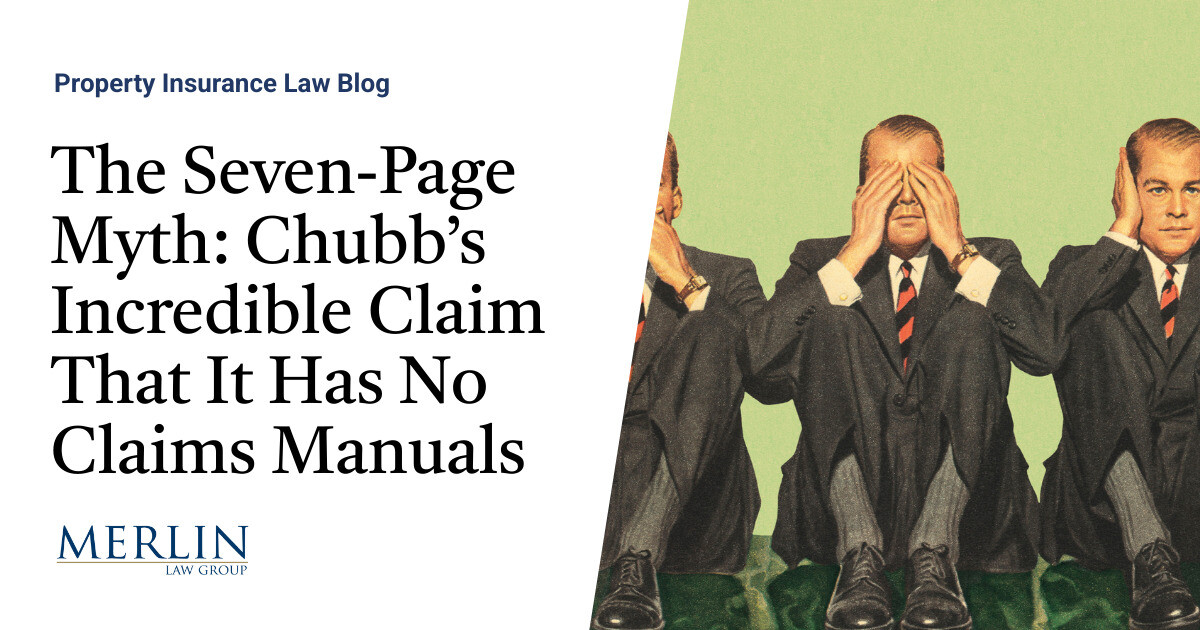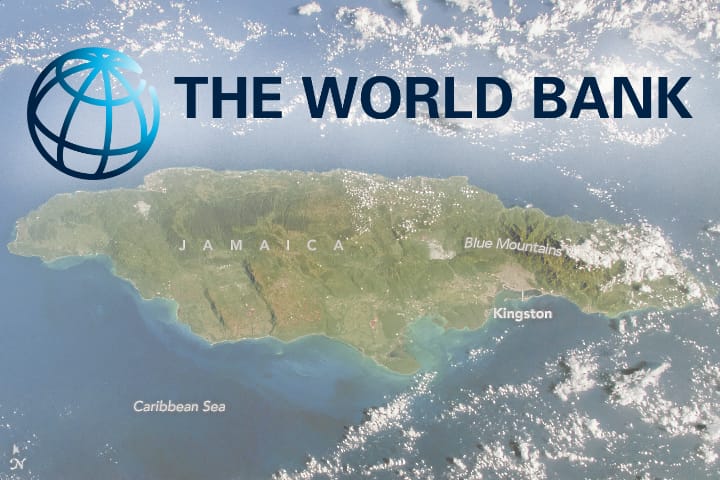PayPal Holdings, Inc. (NASDAQ:PYPL) UBS 50th Annual Global TMT Conference December 7, 2022 11:40 AM ET
Company Participants
Dan Schulman – President and Chief Executive Officer
Conference Call Participants
Rayna Kumar – UBS
Rayna Kumar
Good afternoon, everyone. I’m Rayna Kumar, and I lead US payment processors and IT services research at UBS. And today, I am joined by President and CEO of PayPal, Dan Schulman. Dan, thanks for joining us today.
Dan Schulman
Thank you.
Question-and-Answer Session
Q – Rayna Kumar
Great. Well, if you could start, companies are currently operating in and working through a difficult and rapidly changing macro environment. We’ve heard how PayPal is adapting to this environment with the work you are doing on reprioritizing your strategic initiatives and the progress you’re making on cost savings initiatives. How do you feel your efforts are going so far?
Dan Schulman
Great question. So first of all, good to see everybody on — happy holidays, everyone. So actually, kind of, really no surprises as kind of I’ve seen results come in. I think we all know it’s a very difficult macro environment. I look at the history of e-commerce over time. And if you look at between 2015 and 2018, that four-year period, e-commerce was growing in the mid-teens, pretty consistently. If you then go to 2019, it dropped 13% and then the pandemic hit and bounced up to 33% during the holiday period, November and December. Last year, that dropped down to 9%. And this year, our prediction as it was going to come in somewhere flat to maybe up a basis point or two.
And I think that’s what happened to the holiday period so far. Adobe came out, predicted about 2.5% e-commerce growth, Salesforce just came out with their numbers, global e-commerce for the month of November, negative 2% and the US was positive 2%. But that’s pretty much right in line where we thought it would be. And honestly, I think as you go into 2023, there’s no reason to think it’s going to get better. There’s plenty of reasons to think it could get slightly worse than that, we will probably talk more about that.
In the midst of all of that, we continue to invest in the things that we think we have high conviction and growth, check out our unbranded platform, Braintree, PayPal commerce platform and our digital wallet. And we are very focused on the things we can control, which is our cost structure. And that — we said we were going to take out $900 million this year, $1.3 billion next year, and we are ahead on that right now.
So I feel like in general, things are going as we anticipated, probably slightly better on the cost front than we imagined, and we could talk about revenues and other things later, I’m sure.
Rayna Kumar
Great. So on your third quarter earnings call, you sounded a bit cautious around overall e-commerce growth and expectations for the holiday season. We’re now — it’s now been one month since then, and we have Black Friday behind us. Are you feeling any more optimistic about the overall environment or have you seen trends improve?
Dan Schulman
Yeah. Well, I think there’s been a lot of different reports that have come out. I think as I look at global e-commerce. And when I look at global e-commerce, and what the reports are on there, it’s negative to maybe flat overall. That’s in line with our expectations and our branded TPV is greater than that and pretty meaningfully so.
So I feel like when I look Q3 to date, I look at our TPV and I look at all the reports that have come in. Through Q3, we, as best we can tell, held or slightly grew share and I think as I look at November, I would posit the same thing on that. We didn’t put out any flashy headline during the Black Friday. We could have put out some flashy headlines. But I think flashy headlines are misleading.
And what I will say is that we said we were going to grow our revenues approximately 9%, we’re right on track for that. I think our cost controls are probably slightly better than I thought. So I think we’ll be slightly ahead on the EPS guidance that we gave. And so I feel like, the business is performing as we expected. And Q4 is an important inflection point for us. Our operating margins will grow for sure. Our OpEx growth will be negative growth for the quarter. So we had said, we’d be kind of flattish, will be negative.
As I look into next year, our OpEx will be negative year-over-year. We said, it was going to be probably flat, maybe slightly up. It will be negative next year for sure. We see a lot of opportunity to continue to hone our cost structure. And next year, we said, we grow our operating margins by at least 100 basis points. Clearly on track to go do that and that our EPS will go up by 15%, that’s still true off of what I think will be a more elevated end of year EPS.
And I think we have a lot of room to continue to be more efficient, more productive. And our expectation as we go into next year is that it’s a more muted e-commerce environment than what we’re experiencing right now. That may not be true. Maybe it will be better, and then we’ll be in great shape if that’s the case. But I think it’s prudent to plan for a more difficult economic environment.
I think Europe is not in great shape right now. I think the war in Ukraine is going to continue for quite some time. The intelligence we’ve heard from different government officials is that Russia is regrouping to do another offensive in February. That war could last for quite some time. And still – it ends, I think Europe is going to be under quite a bit of pressure. UK, for instance, e-commerce growth in November was approximately negative 10% in the UK.
By the way a lot of what we’re seeing on the retail side was pretty negative in the UK outside of e-commerce. Even here in the US, retail sales over the Cyber 5 or Black Friday through Cyber Monday were down negative 5% revenues overall. So, I think it’s going to be a tough environment. US is probably best positioned, but I think there’s probably more than a 50% chance that we go into at least a shallow recession in the first part of the year. So we’re planning for muted growth flat to likely down in terms of e-commerce overall and having a cost structure that enables us to both invest and be sure that we can deliver at least 15% EPS growth.
Rayna Kumar
PayPal continues to simplify the checkout process and enabling pass keys on all iOS devices to log into PayPal and deploying mobile SDK appears to be steps in the right direction. What do you believe are the next steps to continue to improve the checkout process in regards to either the merchant or consumer experience?
Dan Schulman
Well, we’ve talked about it a number of times. But the way that, I think about it is we have a lot of assets around checkout already. 80% of the top 1,500 use PayPal, we clearly have the largest network of both merchants and consumer active accounts, so almost 35 million active merchant accounts almost 400 million active consumer accounts. As I mentioned, I think we are holding or gaining slight share overall. When I look at our results, there’s a clear consumer preference to use PayPal at online and merchants get higher off rates and lower loss rates when they do. However, clearly, there’s a lot of room for improvement as well, and that’s why we’re investing.
And I would say that’s in three areas. One is basic hygiene. Like, how do we decrease the amount of time it takes when you push the button to when you can check out, that’s latency overall. We improved that by about 40% this year alone. The second thing is just availability of the platform. And we’ve become mission-critical for merchants, and we are closing in on 5-9s of availability 99.999% availability. And when you’ve got the scale that we do – do improve availability even by small amounts, it makes a big difference in our results and the results for merchants. So that’s kind of different hedging.
Second is how do you improve and take out friction from the process. Two ways to do that. One is through password-less sign-in, 44% of consumers abandon a transaction because they can’t remember their password and answer it, only 44%, it’s a crazy number, and we are working very hard for us to do away with password. Honestly, username and password are not good protection mechanisms anyway, consumer loses their identity every two seconds right now.
I will bet you that 80% of you in the audience as great as you are, your credentials are compromised. And I can find them on the dark web, if I search hard enough for them. So we barely use password as a check. We do about 130 checks on every transaction to be sure you are who you say you are, not who you’ve signed in as.
And we’re making good progress on password less, over 50% of our base can now check out without using a password, pass keys will be another really — a step forward where we can integrate directly into the operating system of the OSs out there, whether it be Android or iOS and use biometrics to go use — when you check out.
The second thing to reduce friction is what we call in-app as opposed to bouncing out. So in many ways, when you use PayPal, you balance out of the merchant experience into the PayPal experience and then you bounce back into the merchant experience. We put out now a pretty nice SDK that allows a full in-app, a pretty easy integration.
All of our latest integrations through Braintree are all in-app. And when people use in-app the person is bounced out, conversion rates can go by as much as 9%. And so we’re pretty focused on moving as much of our base as fast as we can over to in-app. But let’s be clear, have 35 million merchants out there, this will be a multiyear process to move everybody over to in-app.
And then finally, we are also working on what we think is the next generation of checkout and that’s really a leapfrog where we think we can work with merchants to utilize the multiple billions of stored financial credentials that we have to reimagine the whole checkout process, so that it is a single click checkout process across not just PayPal but cards, any other APM on there moving further upstream so merchant knows who the customer is.
And the truth is, if we can implement this, nobody has the scale that we do, and it will be quite differentiated. So we’re working on the tactical things to just make checkout better. And also what is the next generation of checkout look like. But we’ll invest quite a bit on it. It’s our bread and butter. It’s extremely important, and we see a lot of room to get better.
Rayna Kumar
From time and time again, PayPal has displayed its ability to partner with other industry leaders. This new partnership with Apple is particularly unique. Can you please discuss how the Apple partnership is progressing? And how it may evolve next year when the PayPal card and Venmo cards can be added to Apple Pay? Can PayPal provide some incentive for the consumer to alter their card selection on Apple Pay?
Dan Schulman
Yes. I think Apple is another just — a long line of people that we’ve partnered with. When I came in, we established the concept of choice for the consumer, not steering the consumer to the low-cost instrument that was best for our financials, but — kind of put us at odds with financial institutions, networks, tech companies. And since that time that we move towards choice, we’ve done over 130 major partnerships. This partnership with Apple is the latest substantiation of that. It’s meaningful. It isn’t the be-all and end-all of a potential partnership that we could have with Apple. But it is very meaningful, and we’ve been working on it for quite some time.
To your point, it enables basically three things to happen. In no particular order of importance, one, it allows our small and micro merchants to use their iPhone as a mobile point of sale to do off-line acceptance and all you need to do on that is give us your social security or eID, your phone number, and you’re basically ready to go on that. It’s very simple, clearly easy thing to go do, and it enables us to help our merchants accept payments in a fully omni manner.
Second thing is we are now able to enter our cards into the Apple wallet, whether that be our debit or credit cards, which will enable you to use a PayPal instrument inside the Apple wallet at a physical point of sale or even online. We’ve done that now for some time with Google Pay and Android. And for instance, in Germany, where somebody uses their PayPal instrument inside Google Pay, and we’re one of the major ways that people pay off-line through Google Pay happens through PayPal.
Their branded checkout goes up by about 20%. They’re just much more engaged with our service. So we’re really excited about that potential as well. And the final thing is we’re adding Apple Pay into our unbranded flows so that when we go out to a merchant, they can also use Apple as one APM, alternative payment method, amongst cards and everything else.
Without Apple Pay, our unbranded offers are less competitive than they should be, and it’s also a win for Apple as well. And so — and we’ve had Apple on Braintree from the very beginning of that. So we have a long history of working with Apple on that. So I think it’s quite meaningful. I think we’re both very excited about it. We’re both going to put a lot of resource behind the partnership. It begins really next year. And so it will slowly rollout, but there’s a lot to be excited about on that.
Rayna Kumar
Over the past year or two, we’ve heard you talk about how driving engagement can be even more impactful than just adding new accounts to the platform. How do you feel so far about that initiative to date? Will next — as we think about next year, do you still expect to be more focused on engagement than adding net new accounts?
Dan Schulman
Yeah. I’m interested in all things that can grow our franchise, just to be clear. But I think the single most important thing we can do is increase engagement on our platform for sure. We have 400 million active consumer accounts. Our transaction proactive went up a record 13% last quarter to 50.1 times per year that is well below kind of what our aspirations are. If you can drive great experiences, and I’ll talk about that in a second, and you can drive more engagement. Naturally, net new actives will follow.
We have a very small top of the funnel demand for PayPal. We always have, and it will remain that way. But as we’ve gotten bigger and bigger with a constant churn rate, as you get bigger, the bottom of the funnel gets bigger as well. And so it’s really a matter of top of the funnel, minus bottom of the funnel equals and NNAs. And so if you can increase engagement, your ARPA goes up, average revenue per active account goes up, your churn rate goes down and your NNAs go up as well. And those are healthy, good, active NNAs.
My view is NNAs are an interesting metric, but not the metric go forward. I mean I’m not even sure whether it’s — we’ll always report out on NNAs, but even whether it’s worth guiding on NNAs. I think it isn’t a big part of what is going to drive the growth of PayPal going forward. They will be important, and they will come naturally. But our focus is on monthly active users and daily active users, ARPA and beautiful products like our digital wallet.
When somebody goes into our digital wallet, there ARPA is 2 times that of people who don’t use our digital wallet. The churn is 25% less, their checkout is 25% lower. And so we know the ways of increasing the engagement, and we just need to get more and more people into our app, make it a more rewarding experience to pay through the app. And if we can increase engagement and lower churn, then you’ll see both NNAs come up, but that’s really what will drive our business going forward.
Rayna Kumar
Recently, UBS Evidence Lab ran a consumer survey on Buy Now, Pay Later for me. So according to the survey, in 2022, 36% of Buy Now, Pay Later users chose PayPal’s Pay in four as the most often used NPL product and up from 30% in 2021 and that’s bypassing Afterpay, Affirm and Klarna. Given your unique value proposition, particularly to the merchant we’re paying for, are you seeing improvements in your merchant contract negotiations either with pricing or with–?
Dan Schulman
Yes. I think that’s one of the flashy headlines we could have put out. Our Buy Now, Pay Later was up over 110% over the Cyber 5 period, we’re probably now the number one most preference Buy Now, Pay Later player in the world. That’s after two and a half years of launching it, over 1 million consumers use the Buy Now, Pay Later on just Black Friday alone.
So, we have tremendous momentum on Buy Now, Pay Later. And it’s because we have the best value proposition, we have no late fees, no incremental fees for merchants.
Over 90% of the consumers that want to use our Buy Now, Pay Later services we already know. And so our acceptance rate for them are 90% plus, whereas other competitors; one, have a much higher cost of capital right now. They don’t know the consumers coming in. And when you don’t know a consumer, your approval rate is in the 60% range.
And so we have, I think, amongst, if not the lowest loss rates in the industry. I think the best value proposition. I mean, if you look at the results of our competitors in that space and they continue to lose money. And Klarna reported losing $200 million last quarter. And last quarter, we generated $1.8 billion in free cash flow, it is just a radical difference in business models.
And what we’re seeing out in the market is a lot of movement towards our Buy Now, Pay Later and we have — closing in on 300,000 merchants who have used Buy Now, Pay Later up further on product pages as opposed to check out.
When Buy Now, Pay Later is up on the product page, we see a pretty nice lift in share of checkout vice versa by the way, on the other way. And we are winning now global accounts that are coming up for rebid on there, and we will not lose a profitable Buy Now, Pay Later deal. We won’t lose it. And our competitors have to pull back. because they can’t continue to lose money every single quarter.
So, we have a big advantage. There’s a flight to quality in the market. We’re picking up on that. Like I say to my team all the time, market leaders, if they do the right things, if they have the right cost structure in place, they’re investing in the right places to drive growth in their market. They come out stronger after a more difficult time.
And I feel like we’re in that position right now where we can double down and emerge stronger when the economy starts to turn. I do think things like e-commerce is going to continue to grow. There’s no question about it. It’s normalized over the last couple of years. Penetration went up by almost five or six points over the pandemic, it went from like 18% penetration up to like 24% penetration of overall retail.
The big debate was, was it going to go to — from 24% and start its normalized climb or was going to adjust back down and it adjusted back down. It’s probably somewhere around 22% or 23% of overall retail right now. My bet is next year, stays about 23% or 24% overall retail. And then it begins to climb up as the economies recover and discretionary spend recovers. But e-commerce will be a constant growth. Digital payments will be a constant growth. We’re the market leader, and we should emerge stronger from that. Buy Now, Pay Later, is just one of many examples of where I think we’ve done a really good job in putting out a great value proposition and really executing well against it.
Rayna Kumar
Any aid on — from Buy Now, Pay Later on just having better placement of PayPal button with merchants?
Dan Schulman
Well, yes, that’s up to almost 300,000 merchants now putting our Buy Now, Pay Later above the checkout page. And when that happens, as I mentioned, our share of checkout goes up pretty dramatically. And that’s — you’re continuing to see that just accelerate as we go forward. So, we’re bullish on it. But by the way, like we’re not going to chase unprofitable growth on that, where we — it’s a new customer that we haven’t seen before. We’re tightening on credit on that, because we don’t need to chase the unprofitable growth.
We have no conflict of like, oh like let’s have — if we have slightly higher loss rates, we’re going to have higher revenue growth. We make all of our money on Buy Now, Pay Later on the halo effect of checkout. And so, we’re in a really good place to react to changing conditions. We’ve seen no change in loss rates. They remain low and continue to be low. But we’ll tighten where we don’t see — where we have you don’t recognize the customer already and don’t have history with them.
Rayna Kumar
So, 90 million Venmo active accounts. And in the third quarter, you began to on board charities. What are the biggest opportunities where PayPal can expand its Venmo network and improve monetization of its users?
Dan Schulman
Yes. We have 90 million people on Venmo. We have 57 million monthly active users. So, now, it’s a beloved brand, and those who use it, love it, are passionate about it. I think there are probably five or six things that we’re focused on in Venmo. The first is Pay with Venmo. And the best example is PayPal. That started off as a P2P service, then become an eBay embedded service and then become a merchant service and I kind of think about the — what PayPal was to eBay like Venmo will be to Amazon and that kind of thing. So, we’re looking quite carefully at what we might be able to expect out of the Amazon relationship. We’re both excited about it.
It’s started November 8, and when have a quarter or two of results, we’ll be more accurate than what we can say about it. So I don’t want too either ahead of ourselves or not ahead of ourselves by saying anything on it right now. But that, I think, is a big opportunity and other merchants that have seen us now do pay with them with Amazon are also putting them on their checkout pages. That’s kind of number one.
Number two is, we can do much better on attachment of PayPal debit and credit onto the Venmo platform. There, we’ve been outperformed by some of our competitors. And there’s no reason why that should be the case. And so we’re putting a lot of attention on both debit and credit associated with Venmo.
The next thing that we’re spending a lot of time on business profiles on Venmo, especially with the Apple Pay, both Apple and I feel like that’s a prime target for us to accept omnichannel payments through business profiles on Venmo.
Number four is kind of just like a revamping of our P2P services. We can improve search functionality, discoverability. So the team is working very hard. You just kind of make sure that all of the underlying elements of that work, as well as we can. We’re also really looking very hard at interoperability between Venmo P2P and PayPal. Right now, you’ve got P2P separate on PayPal, P2P separate on Venmo. They can only P2P to their separate networks, but we’d like to do interoperability because obviously, it’s more of a network effect. And if you look at SMS on the carrier platforms, it took off when there was interoperability between them because of the network effects of that.
So we’ve got quite a number of things, charities is another one, teen accounts is another that we’re excited about. So I think there’s a lot we can do. Look, I feel good about the progress that Venmo has made, but I feel we can make better progress going forward.
Rayna Kumar
Braintree TPV growth continues to remain a standout in your results and your new agreement with Live Nation is promising. As we enter 2023, how is your Braintree pipeline looking?
Dan Schulman
Yes. I think Live Nation could be one of our largest accounts that we have, it’s that substantial of a relationship that we can envision both companies and we’re both quite excited about it, and there’s been a lot of CEO-to-CEO conversations around that. So we’re both quite linked at what we can do there.
Braintree, it’s had a great run, and it should have a run it’s got a great value proposition. We’re investing heavily in our unbranded platforms, both Braintree at the upper end of the market. And you’ll hear a lot more about this in the year ahead. PayPal Commerce Platform, which will be our unbranded platform for the middle and small markets as well.
And so we know when somebody integrates through Braintree or PayPal Commerce Platform, they have the best native integration into our tech stack. So it’s all in app, it’s all password less. It is seamless, the largest mobile app players in the world use us, whether it be Spotify, Airbnb, Uber, DoorDash, Insta, they all use us, because they have the highest off rates, lowest loss rates, best integration across PayPal, Buy Now, Pay Later, Venmo, any APM or currency across the world.
We have a terrific orchestration layer where we can do multi-PSP routing on that. And so it’s for that market, it’s a fantastic value proposition. We have pay in, pay out capabilities for a lot of marketplaces that’s extremely important. The payout happening through our Hyperwallet acquisition that’s integrated now into the platform.
So, I feel really great about what’s been happening. Venmo, it’s been growing quite substantially year-over-year-over-year, probably begins to slow down at some point. We have chunky installations that will increase growth rates one quarter or two quarters and then come down and then depending on the next installation.
But it’s really catching on in the market, and the team has done a super job. We also have a big sales force that does face-to-face selling of our unbranded and branded services, and they’re doing a good job and have learned how to sell it very well.
Rayna Kumar
We’ll take a question or two from the audience now. Here’s the first one. How is user engagement time spent in app trended in Q4? And what’s expected in the first quarter?
And then second, how is the Venmo launch on Amazon during Black Friday? Was it below or above expectations based on user improvements you’ve highlighted? The question is on the user engagement, how it trended in the fourth quarter and your expectations for Q1?
Dan Schulman
The fourth quarter is not over yet. And by the way, the holiday period this year is back to what kind of — well, I think it will be back to what 2019 looked like. So a less — really sharp kind of contraction of a lot of spend during the Cyber 5 and less around that.
What we saw is actually quite a bit of shopping going into the Cyber 5 because retailers were doing a lot more discounting than less discounting during the Cyber 5 sees actually a reduction in some spend in the Cyber 5, and we’re seeing them coming out of the first week of December and uplift again versus kind of what our expectations were. So the holiday period is going to play out different than it did last year. So the next three weeks will be important.
Yeah. I think, we’ll just continue to see increases in engagement. I hope that, that continues at the same pace or even improves. But when you’re dealing at the scale we are, there’s nothing revolutionary that will happen one quarter to another. It will be evolutionary. But everything we do is making a difference and an impact right now. It’s more, I think, revolutionary maybe on the cost side because we firmly see that coming in, and we understand exactly where we can be more efficient and continue to look for additional ways. But on engagement, it will be slow and steady and we’re seeing that in the fourth quarter.
And on Pay with Venmo on Amazon, again, it’s just too early to give anything. Anything I would give might seem flashly, because they’re a big company and we’re a big company and two big companies coming together early on things went flashy. But let’s see where they wind up and give them more accurate and measured view in the quarters to come.
Rayna Kumar
PayPal and Venmo are two great brands. Have you ever considered consolidating the two brands into one to offer a more seamless experience for consumers and merchants?
Dan Schulman
Yeah. No, no would be the answer. They are both great brands without – as one of the most powerful brands in the world. I think Interbrand just named it as one of the top 40 most powerful brands in the world. And Venmo here in the US is extraordinary in the millennial segment. Like, if we were at any college on the East or the West Coast, and I have spoken at many of them, I was doing my own market research by saying how many of you use Venmo and it’s not 90%, it is 100% of the class that will raise their hand on that, it’s extraordinary.
So, we will keep two separate brands because they both resonate with different segments of the market. However, underneath that, you’ll have a common platform and on the side of services that increasingly will be API-driven where you basically take a service that’s inside PayPal and export it and expose it to the Venmo customer base. So we’ve done that on risk.
I mean, the reason our loss rates have come down to single digits and clearly the best in the industry on that is, because we’ve now combined the Venmo and PayPal risk platforms together, really utilizing all of the history and expertise we have at PayPal on that, and that’s taking Venmo loss rates down dramatically. That’s happening just across the platforms right now. So common back — back-office architecture, common service-oriented architecture, but two separate brands and probably a different feel of this as well.
Rayna Kumar
As you think of all the PayPal leading assets where do you think it still makes sense to have an acquisition, what areas?
Dan Schulman
I think, one of our strengths clearly is both our balance sheet and our free cash flow generation and we’ll do over $5 billion easy of free cash flow this year. We will do approximately $4.2 billion of share buyback this year. And as Gab has mentioned on our last earnings call, we think we’ll probably do another $4 billion of share buyback next year.
So we think it is a — I think our stock is significant and the valued where it is right now, and we are going to be aggressive in using our cash to buy back shares. Clearly there is the potential for some acquisitions out there. But they really have to be like center of the fairway for us.
We have a lot of things that we want to do and do extraordinarily. One of the things that I like right now is we are very focused on three things; checkout, unbranded platform, digital wallets, that’s it. We have the right cost structure in place and we’re going to continue to execute on that cost structure, because I think we should be able to at least 100 basis points of margin expansion next year.
In a very conservative revenue and e-commerce outlook, my view is plan for dire times on that and have the right cost structure to deliver with confidence, a 15% increase in EPS and if the economy is better or the e-commerce environment is better. That will benefit us tremendously going forward. We have plenty of resource to invest in those areas, while still generate significant returns to our shareholders. So I think that’s kind of where we’re going to be focused. I think there’s plenty of opportunity yet both on the cost side with some opportunity in the market right now. And the team has done a really good job right now. So I’m pleased with that.
Rayna Kumar
Coming close to the end of our session. So just as a final question. What are you most excited about as we enter 2023?
Dan Schulman
I think, we find ourselves in a unique place right now where many of our competitors are retrenching. That gives us a huge opportunity to be aggressive in the marketplace. You can’t buy placement anymore, buy payment placement by using venture dollars that’s done and over. And we did not chase after unprofitable deals, but there really aren’t unprofitable deals going on out there right now, and that’s why we’re winning so many of them. I wouldn’t want to compete with us right now because we’re going to be aggressive and making sure that we win the deals that are profitable. And we’re in a good place to go and do that, given our model. Cost structure is really coming along right now. I mean, we are ahead of target.
The teams are fully aligned on what they want to do. There’s a lot more opportunity for us, which is why we feel so confident on the 15%, even with a pretty conservative if not very conservative revenue outlook on that. And I think Q4 results will come out and our jump-off will be in the right place for that based on what we can see right now. And so I think there’s a lot of opportunity for us. I think the macro environment is something that — is something we’ll keep a close eye on.
I think we’re very focused on what can we control, that’s good, a darn good job on doing that. And there are things that may be out of our control where the industry is right now. But that will bounce back over time. And let’s just be sure we’re in the right place to execute, hold or gain share and have the right cost structure in place.
Rayna Kumar
Dan, thanks for joining us today. It was a pleasure having you key note on UBS’s TMT Conference.
Dan Schulman
Thank you.






